
Before fast shipping and shopping apps, mall stores ruled the weekend. Everyone had a favorite spot, usually loud and packed with teens. Then, one by one, the signs came down. Some fizzled fast, others held on a bit longer. Either way, they’re gone now, and it’s time to remember. Let’s take a look at the 10 brands that quietly disappeared.
Wet Seal

It was every mall-loving teen’s go-to in the early 2000s. With over 500 locations, Wet Seal’s racks were packed with MTV-inspired crop tops and mini skirts. But it all started as a humble California swimwear shop back in 1962. After years of financial struggles, the brand shut down all mall stores in 2017.
Sharper Image

Sharper Image removed itself from malls in 2008 due to financial problems. It was widely known for unusual items like anti-gravity chairs and air purifiers. The store became a top pick for high-tech holiday gifts and held a cult following among dads and gadget lovers. Its retail presence never fully recovered.
Delia’s
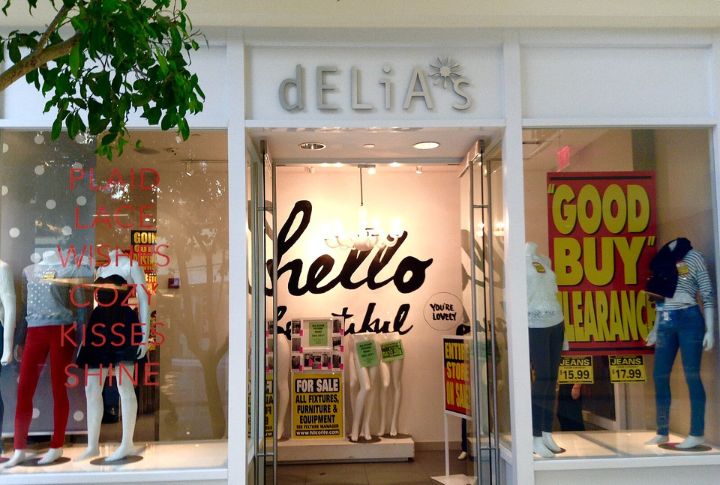
Teen-focused retailers like Delia’s once dominated malls by leaning into bold, glitter-filled designs. Middle schoolers eagerly awaited its catalogs, drawn to the freedom of chunky shoes and loud fashion. When physical store operations ended in 2015, Delia’s became a reminder of how fast trend-based brands can vanish from shelves.
The Limited

The Limited was that reliable mall favorite for young professionals who needed sleek, polished workwear. It shared a corporate umbrella with Victoria’s Secret and Express, so it always felt current. But by early 2017, it stepped away from physical stores completely. Online fashion brands moved in and The Limited quietly folded.
B. Dalton

Hundreds of B. Dalton stores were spread across malls, offering accessible paperback options in high-traffic areas near food courts. Sci-fi and fantasy sections drew in younger readers. The brand fell to corporate consolidation, with closures finalized in 2013. Readers who relied on in-person browsing lost a key destination.
Sam Goody

Posters of your favorite artists covered Sam Goody’s walls, while preview stations let you jam before you buy. From CDs to band tees and soundtracks, the mall was a music lover’s playground until 2006, when physical media sales crashed, and Sam Goody’s doors closed for good.
Gadzooks
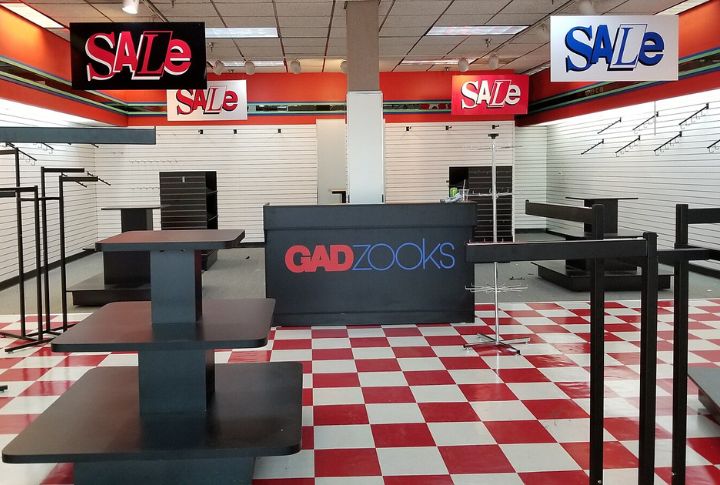
Launched from a Texas kiosk, Gadzooks built momentum by stocking punk-style gear and filling storefronts with attention-grabbing details—like cars parked inside. Its mix of graphic tees, beanies, and rebellious extras hit with teen shoppers. The chain stopped existing in 2005 when new ownership absorbed the concept into a different retail line.
Contempo Casuals
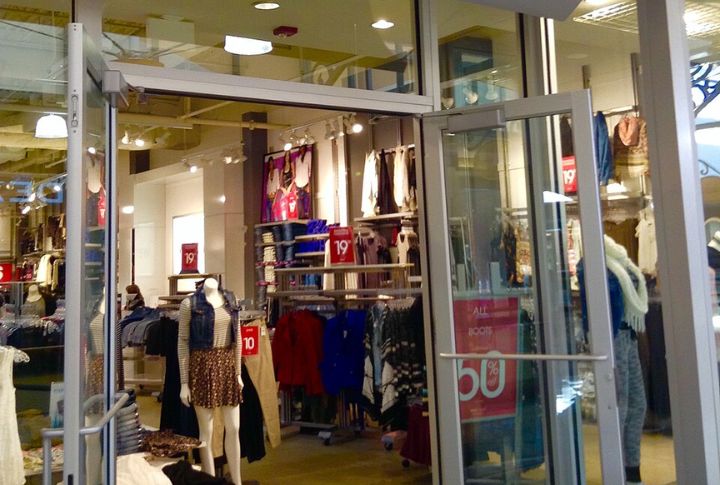
Fashion-forward teens hit Contempo Casuals for standout staples: spaghetti-strap dresses, fur-trimmed minis, and edgy accessories. It was bold, fast-moving, and perfect for back-to-school splurges. After appearing in “Clueless,” demand spiked. The brand eventually folded into Wet Seal in the early 2000s, marking the end of its mall run.
Anchor Blue
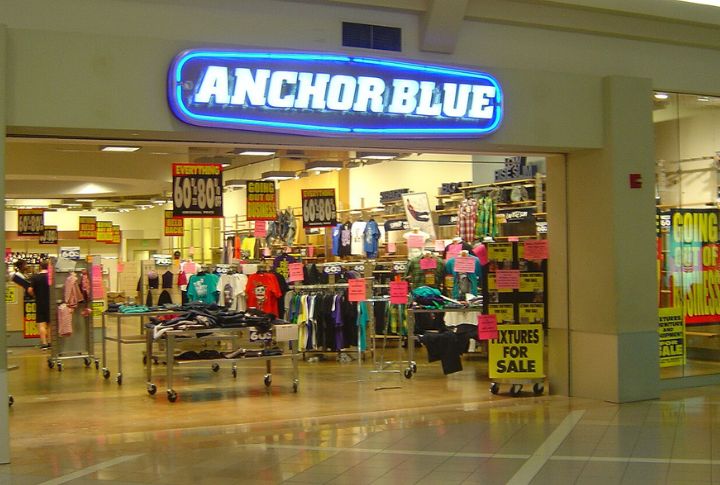
Originally launched as Miller’s Outpost, Anchor Blue rebranded to match West Coast trends. It focused on budget-friendly jeans and casualwear, especially during the back-to-school season. Changing retail habits cut into its sales, and in 2011, demand dropped fast. Anchor Blue closed its doors, leaving malls one less go-to spot for youth fashion.
RadioShack Mall
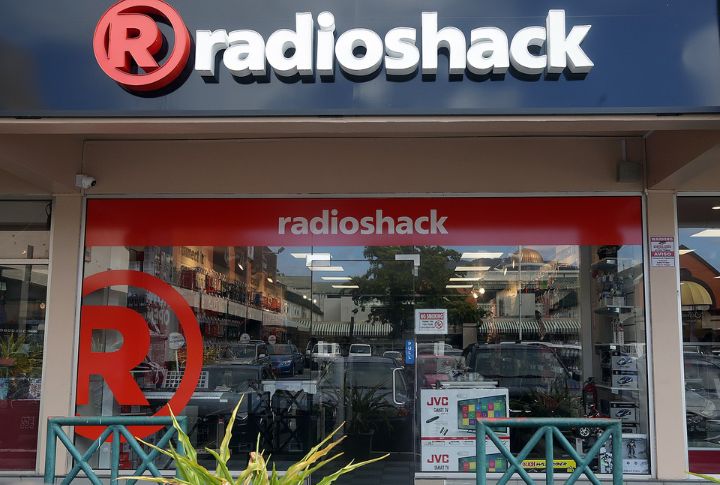
Looking for rare batteries or DIY kits? RadioShack stocked obscure electronics and specialty parts that few others did. At its peak, it was in nearly every major American mall, where many kids bought their first RC cars or science kits. Starting in 2015, store closures sharply shrank its mall presence.
